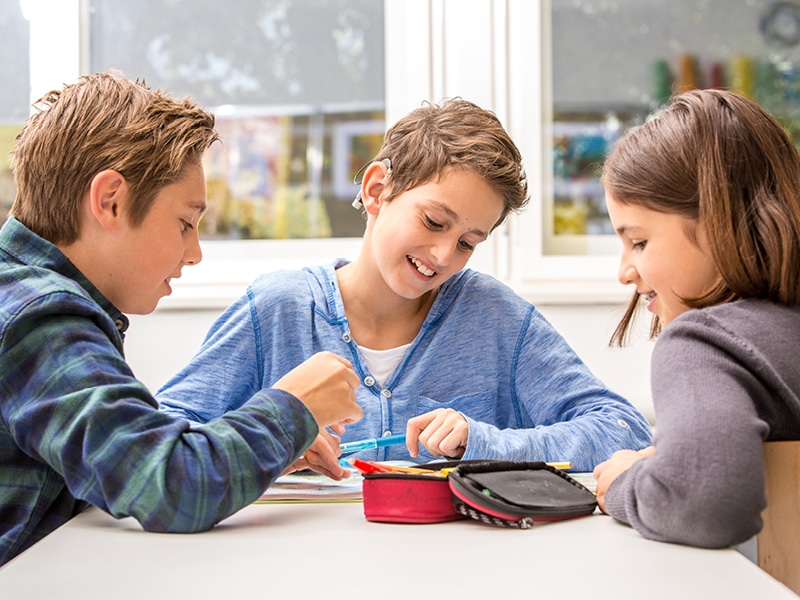
Children who receive cochlear implants later often face a significant gap in language development. Discover the challenges they face in school plus strategies you can use to support them in the classroom.

Children who receive cochlear implants later often face a significant gap in language development. Discover the challenges they face in school plus strategies you can use to support them in the classroom.

From checking that students' devices are working properly to creating an environment that makes hearing easier, teachers of children with cochlear implants, hearing aids, and other hearing devices can make many small adjustments to facilitate learning.

Along with positive behavioral intervention to prevent challenging behavior, it is also critical to provide children with a high-quality supportive environment, foster self-regulation and make sure a child’s hearing aid or hearing implant is working correctly so that they can best hear all of the sounds of speech.

Whether you are a rehabilitation professional, an educator, or a parent of a cochlear implant recipient, you can find free practical tips and valuable resources in our new Binaural Hearing Rehabilitation Series. Not only does each binaural hearing rehabilitation guide explain how recipients can benefit from binaural hearing, they also provide targeted information and rehabilitation